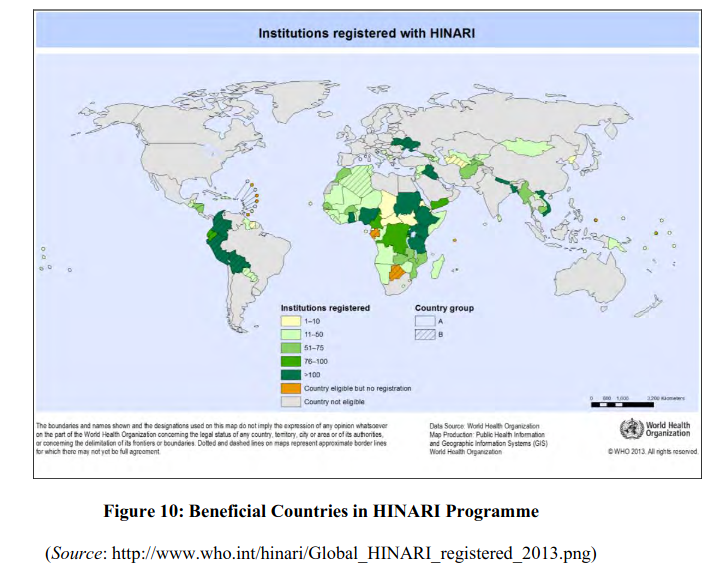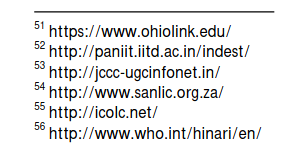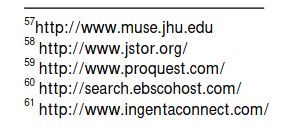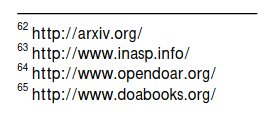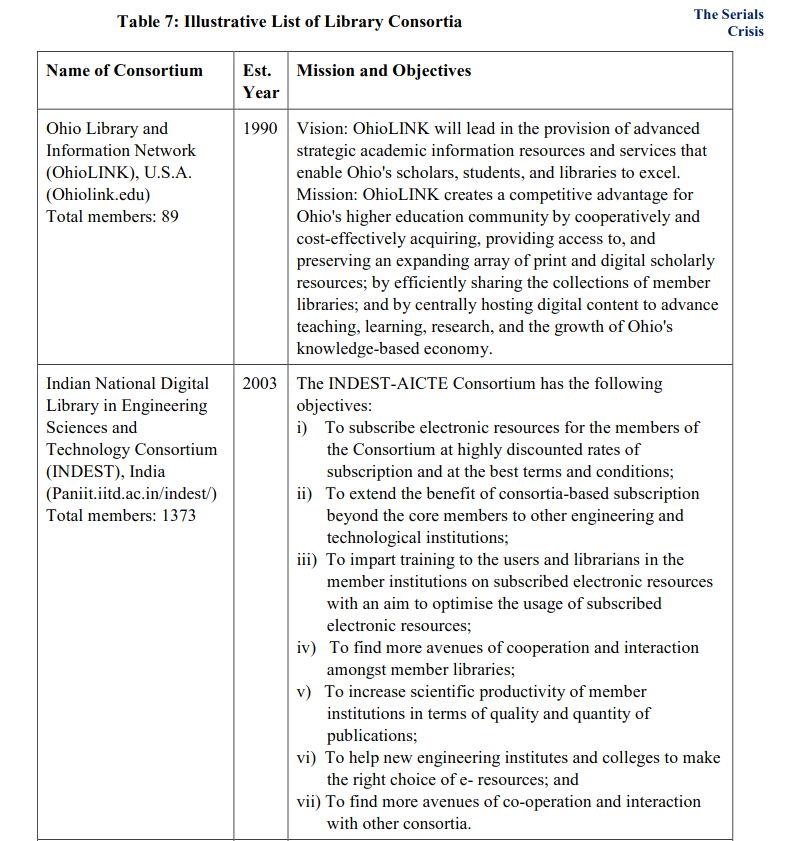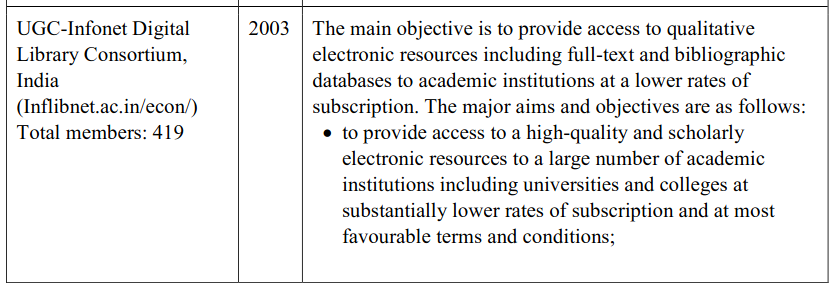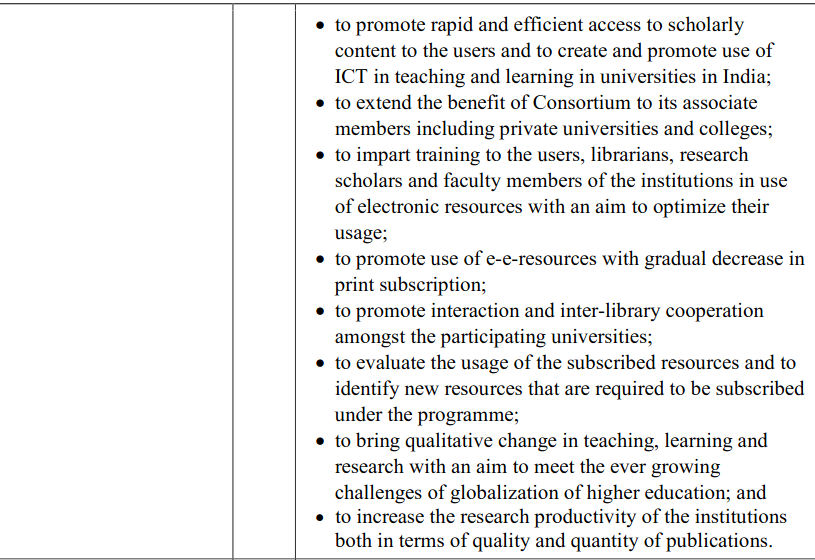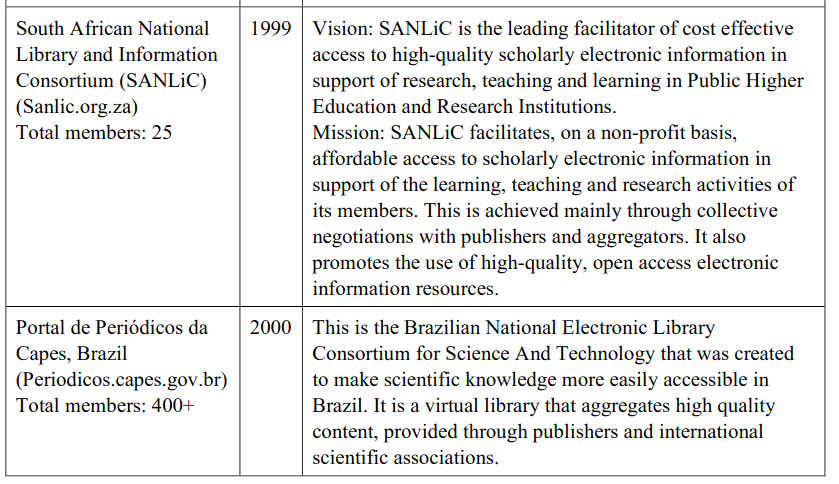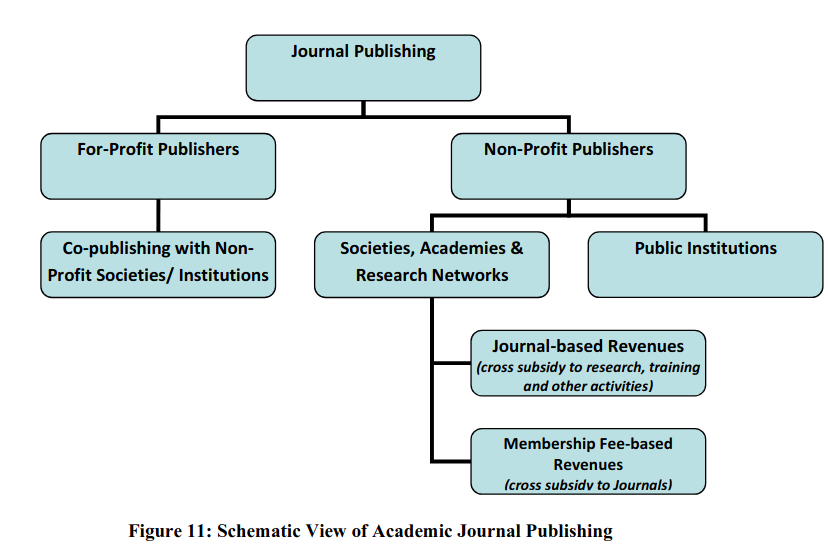4.3 Serials Crisis Phenomena
The prices of scholarly journals have climbed sharply over last few decades. On the other hand, libraries are facing problem of annual budget cuts due to global economic downturns and inflation. Figure 8 highlights different causes of serials crisis. Four major reasons of serials crisis are namely, exponential price hike of journals, particularly which are published by for-profit publishers; library budget shrinkage; inflation and global economic recession post 2008; and fluctuations in currency conversion. Libraries in developing countries also face sharp reductions of library budget due to fluctuations in currency conversion or volatile nature of values of national currencies in those countries. Scientists in many developing countries and least developed countries (LDCs) have been worstly affected by disparity in access to subscribed contents due to unaffordability as well as non-availability of high speed internet connections to access these contents.
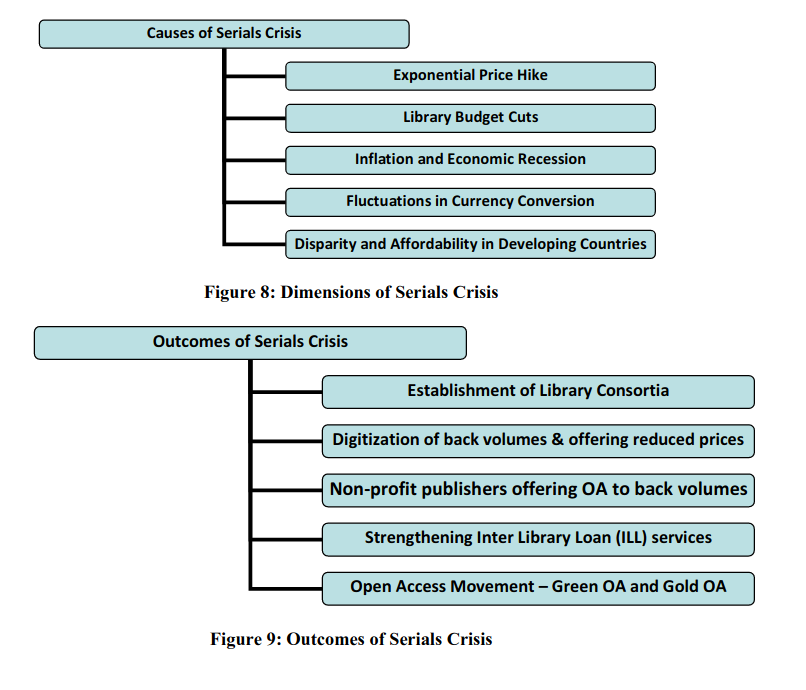
Available Solutions to MitigateSerials Crisis A number of solutions are made available around the world to mitigate problems of serials crisis. Some of the widely available solutions or outcomes of serials crisis are shown in Figure 9. Some of the mentioned solutions or approaches to mitigate problems of serials crisis are briefly described below:
- Launching of Library Consortium at Country-level, Regional-level, State-level or City-level: These consortia are involved in cooperative procurement of scholarly journals at competitive rates from commercial publishers for members of these library consortia. Each publisher offers discipline specific bundles of journals, such as social sciences, physical sciences, biomedical sciences, applied sciences, technologies, and business management to each library consortium with differentiated pricing policies based on number of users, number of nodal access points and number of member institutions. Some of the globally known library consortia are OhioLINK51, INDEST-AICTE52, UGC-Infonet53, SANLiC54, etc. Many of them have become role models in the global South. Table 7 provides a representative list of library consortia around the world depicting their mission, objectives and functions. This Table also indicates that OhioLINK is the oldest library consortium, whereas INDEST Consortium has largest number of member institutions. All these library consortia are members of a global network – the International Coalition of Library Consortia55, which is an informal group established in 1996 currently comprising approximately 200 library consortia from around the world.
- Providing special access to subscription-based research literature in least-developed countries (LDCs) and select developing countries: The World Health Organization (WHO) launched the HINARI Access to Research in Health Programme56 in 2002 to provide free or very low cost online access to the major journals in biomedical and related social sciences to local, not-for-profit institutions in developing countries. However, emerging developing countries, such as Brazil, Russia, India, China and South Africa (BRICS) are not eligible in this programme. Figure 10 shows a map of benefitted countries and institutions in HINARI Programme.
- Digitization of back volumes of journals: Many journals had undertaken digitization of back volumes of print journals and archived these contents in online platforms, such as, Project MUSE57 and JSTOR58, which are offering subscription-based access to digitized print journals at much cheaper rates.
- Subscription-based service to online full-text research databases: These databases are providing contents from multiple publishers in multidisciplinary subject areas, available at relatively cheaper rates than publisher’s journal subscription. Popular service providers include ProQuest59, EbscoHost60, and IngentaConnect61. These databases have certain embargo period, up to twelve months, for restricting hosting of current contents of scholarly journals after their novelty period.
- Strengthening Inter Library Loan (ILL) services: ILL service is oldest method of library cooperation, which operates on principles of cooperation and resource sharing. ILL service helps in reducing duplication of resources within network members. ILL service provides full-text contents to its end users, which is demand based. The end users first identify literature from bibliographic or citations databases, and then seek full-text contents of required literature from ILL network members. However, some copyrights provisions restrict ILL services, such as making multiple copies of a single article, or providing ILL service to a commercial entity.
- Launching open access pre-prints, e-prints servers and institutional repositories: Serials crisis led to encouraging authors in self-archiving their papers in pre-prints server. A number of institutions and academies have established different subject-based digital repositories and institutional repositories. ArXiv62 is the oldest global open e-print archives launched in 1991 covering many scientific areas, viz., physics, mathematics, and computer sciences. Later in 2013 bioRxiv.org was established as the biologists’ version of arXiv, covering biomedical and life sciences subject areas. Many library consortia started capacity development of their member institutions for building institutional repositories using open source software. The International Network for the Availability of Scientific Publications63 (INASP), established in 1992 by the International Council for Science (ICSU), is working on the same principle of improving access to information and knowledge through a commitment to capacity building in emerging and developing countries.
- Launching Global Open Access Movement: The perceivedserials crisisled to a global movement for open access (OA) to scholarly literature to provide universal online access to research literature emanated from the public funded research. Many public funded institutions and universities around the world have established green OA channels such as OA institutional repositories, subject repositories for self-archiving of research literature. The researchers affiliated with public institutions and universities also have started publishing research papers in OA journals. There is proliferation of OA journals published by non-profit scholarly societies, professional associations, academies, universities and research institutions. Of late, for-profit publishers have taken interest in publishing OA journals and OA articles in hybrid journals. For-profit publishers have introduced hybrid journals to accommodate OA articles in their conventional subscription-based journals. As on 1st April 2014, the Directory of Open Access Journals (DOAJ) shows availability of about 9709 journals. This ever-growing list indicates exponential growth of OA literature. There are also directories of other OA resources such as Directory of Open Access Repositories (OpenDOAR64) and Directory of Open Access Books65. These ever-growing directories point to success stories of global open access movement. We will learn more about global open access movement and different open access channels in Module 2 of this course.
